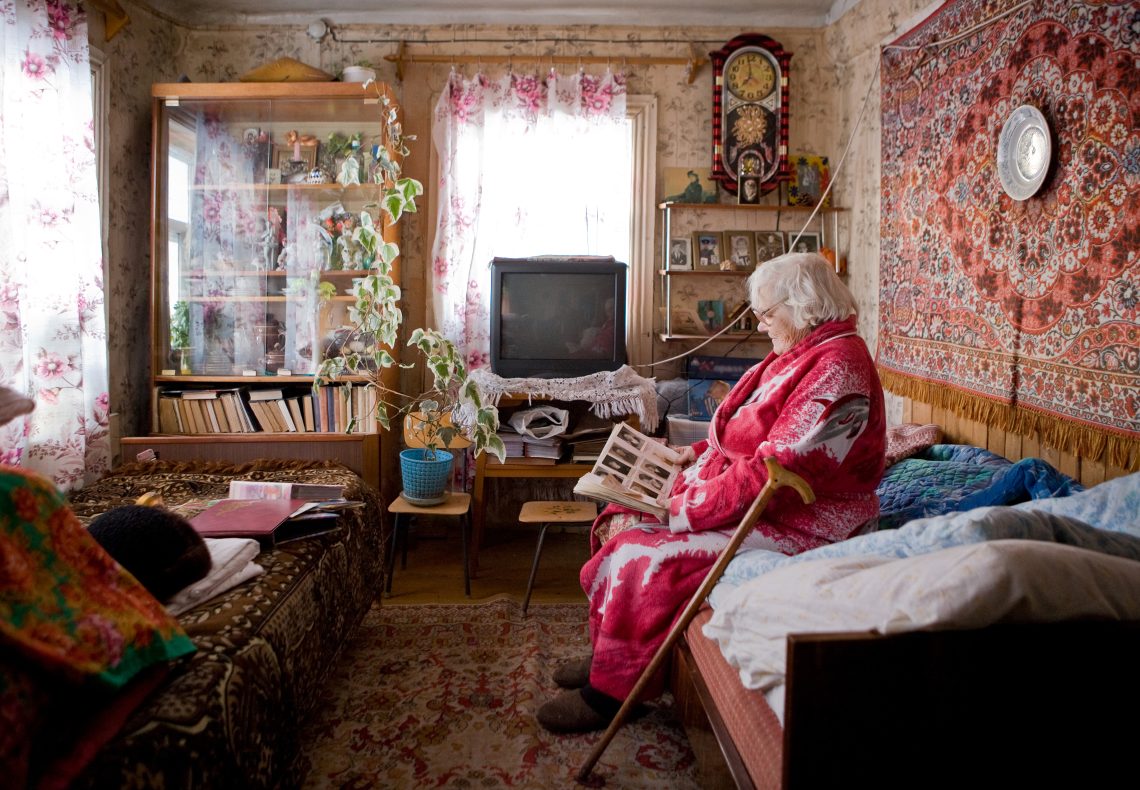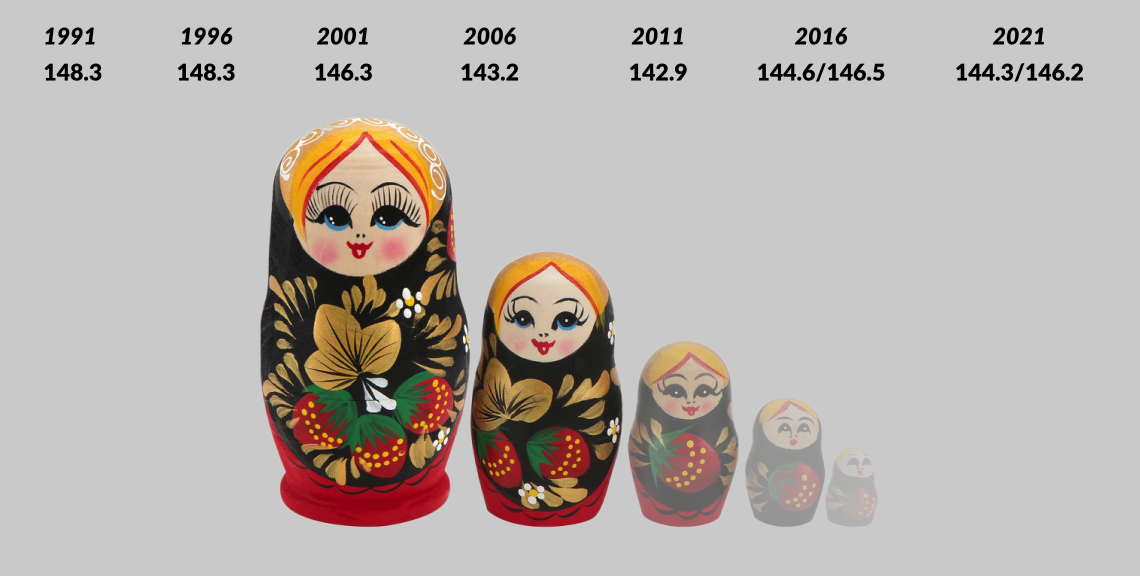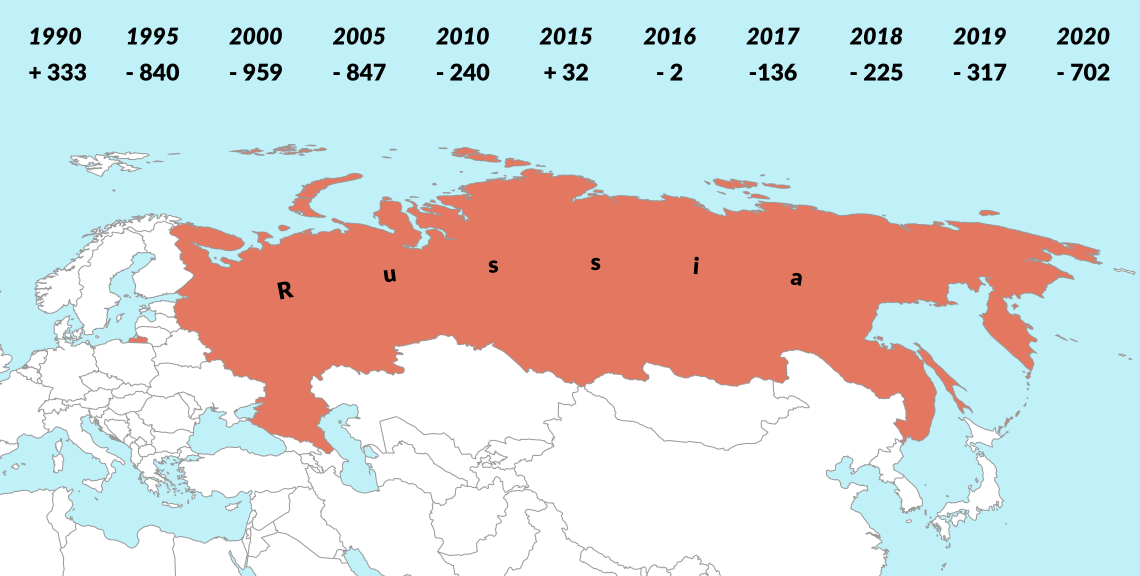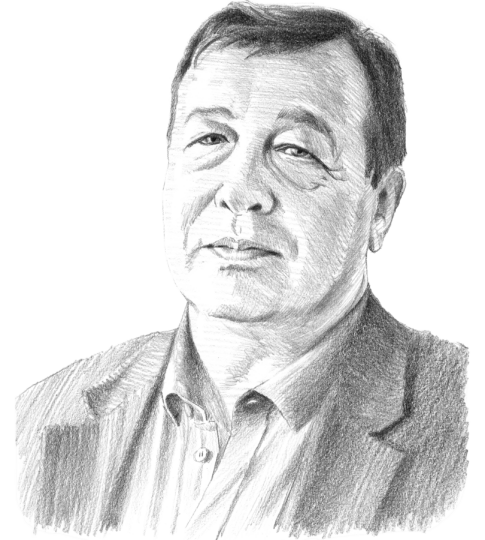Russia’s demographic setback
After the double blow of the pandemic and Western sanctions, economic uncertainty means Russians are having fewer children. Paired with the country’s high mortality rate, the situation could soon degenerate into a full-fledged demographic crisis.

In a nutshell
- Russia could soon be faced with significant population decline
- Several institutional factors make the situation worse
- Given the political climate, reforms are unlikely
The demographic situation in Russia does not differ much from that of Europe, North America and Japan: the birth rate is low and gradually declining while life expectancy increases. This leads to depopulation, which is compensated to some extent by migration.
Declining birth rate
After the fall of the Soviet Union, Russia’s population initially stagnated, despite a significant influx of Russian-speaking migrants from the former republics. Some 6.9 million people moved to the country for permanent residence in the 1990s, and 3.1 million left. Then came another decrease, followed by a reversal of this trend and a bout of modest growth in the first half of the 2010s.
The increase was mostly due to the fact that a relatively large generation came of age and had children. Another important factor was the introduction of the “maternity capital” program to boost the birth rate. In 2007, a one-time payment for second children was introduced. The amount of this payment is indexed – for 2021 it was 639,431.83 rubles (approximately $8,190). However, there are restrictions on how this money can be used: it cannot be spent in cash, it can be used only after the child reaches three years of age, and it can only go to the child’s education, the mother’s pension fund, or improving housing conditions.
As of 2020, there is a payment at the birth of the first child (483,882 rubles and an additional 155,550 rubles for a second child). Despite the restrictions listed above, the introduction of maternity capital has increased Russia’s birth rate. The total fertility rate (the number of children born per woman) increased from 1.3 in 2006 to 1.8 in 2015.
However, the effect turned out to be temporary. The total fertility rate after 2015 began to decline, dropping to 1.5 in 2020. In addition, a general decline in the number of women of childbearing age has also begun.
As a result, 1.94 million children were born in Russia in 2015, but only 1.44 million in 2020.
Facts & figures
Russia’s population, in millions

The socioeconomic situation in the country also influences the birth rate. In the early 2000s, Russia experienced rapid economic growth and, accordingly, a tangible increase in real incomes. This growth ended in 2014 both due to the general slowdown in development due to the archaic structure of the economy, and because of the sanctions imposed on Russia after the conflict with Ukraine. In 2014-2017, real incomes for the entire population decreased by 8 percent. In 2018-2019 they increased by a symbolic 1 percent, and then when the pandemic struck in 2020, they fell by 3.5 percent. Naturally, Russians have become more hesitant about having children.
Above-average mortality rate
In Russia, the natural decline of the population is also accelerated by a high mortality rate.
In 2020, mortality increased by 18 percent. But this was the result of the extraordinary Covid-19 situation.
However, even before the pandemic, life expectancy in Russia was low. Despite economic growth in recent years, in 2019 it was only 73.34 years (68.24 for men and 78.17 for women). According to the World Health Organization (WHO), Russia ranks 96 in the world – lower than comparatively poorer countries like Moldova, Vietnam and Venezuela.
Working-age deaths, of which 80 percent are men, account for about a third of all deaths in Russia. More than half (55 percent) are caused by cardiovascular diseases. There are several reasons for this.
Officially, healthcare is free, financed mainly by compulsory medical insurance. Payments are made only by employers and regional authorities. Public spending on healthcare in Russia amounted to 3.2 percent of gross domestic product (GDP) in 2018, which is significantly lower than almost all European countries. For comparison, in Germany, this figure is 9.4 percent, in Poland 4.5 percent and in the UK 7.8 percent.
Facts & figures
Russia’s population growth, in thousands

During the pandemic, the state faced increased healthcare costs. In 2020, they increased by 26 percent compared to the previous year, despite overall expenditures of the consolidated budget and state extra-budgetary insurance funds increased by only 10 percent. However, in 2022-2024, in accordance with the adopted budget law, healthcare funding, at least from the federal budget, is dropping again – a decision unanimously criticized by experts.
In practice, the chronic underfunding of healthcare leads to poor services. In 2019 already, Deputy Prime Minister Tatyana Golikova had stated that: “Both the quality and accessibility of healthcare services have deteriorated sharply.”
Private care is inaccessible to most. Thus, many Russians cannot consult a doctor in time to identify chronic diseases in their first stages. As a result, disease develops and leads to severe consequences, including premature mortality.
Another factor contributing to the high mortality rate in Russia is low-quality alcohol and drug addiction.
Most long-term forecasts predict a decrease in Russia’s population.
According to the WHO, the average Russian man in 2016-2018 drank 19.1 liters of pure ethyl alcohol per year. But the true scale of the problem is difficult to measure because of the widespread consumption of unregistered alcohol like homemade liquor or household items containing alcohol, like perfume. According to some estimates in 2019 consumption of illegal alcohol could reach 2.6 liters per person – and at least 4 liters per adult male. But even among legal alcohols, some are of such poor quality that they pose a health threat; this is the case with an estimated 6 percent of vodka sold legally.
According to official data, 15,000 people per year die because of low-quality alcohol. But this is only the tip of the iceberg. Low-quality alcohol also creates and worsens many diseases that lead to people dying early.
While drinking substandard alcohol is a long-standing Russian tradition, drug use is a relatively new trend. Currently, 13 million people in the country occasionally use psychoactive substances, and 5 million do so regularly. Most drug users are between the ages of 16 and 30. This data only includes people who have committed crimes or who are registered with state medical institutions. People who are treated in private rehabilitation centers, or those who have not been treated, are not counted in the statistics. Neither are those who use substances not included in the official state list of narcotics.
Russia’s high mortality rate also results from external causes like traffic accidents, violence, industrial injuries and suicides. In 2020, there were 140,000 such deaths.
In addition, severe environmental pollution also contributes to premature mortality. In 2017, President Vladimir Putin approved the Environmental Safety Strategy of the Russian Federation for the period up to 2025, which states:
“The state of the environment on the territory of the Russian Federation, where most of the country’s population, production facilities and the most productive agricultural lands are concentrated (about 15 percent of the country’s territory), is assessed as unfavorable in terms of environmental parameters.”
According to the same document, 17.1 million people (17 percent of the urban population) live in cities with high or very high air pollution, and 30 to 40 percent of the population regularly uses water that does not meet hygienic standards.
Scenarios
Most long-term forecasts predict a decrease in Russia’s population.
According to the average version of the United Nations forecast, up to 135.8 million people will live in the country by 2050 (now, with Crimea, 146 million). According to the pessimistic version of this forecast, by mid-century, the population of Russia will have dropped to 124.6 million people, and according to the optimistic forecast, it will rise to 147.2 million inhabitants.
The pessimistic version of the forecast states that by 2078 the population of Russia may decrease to 99.7 million people. According to the optimistic forecast, the number will increase to 160 million people. The average median value for 2078 is 127.4 million people.
The optimistic scenario assumes an increase in the population resulting from two main factors: healthcare improvements, which will improve mortality rates primarily among men of working age; and a migrant influx that would not only compensate for the demographic decline but also largely exceed it.
However, this scenario would entail large-scale institutional reforms that currently appear highly unlikely. The average and pessimistic options, which assume the immutability of the foundations of the current Russian economic, social and political life, are closer to reality.








